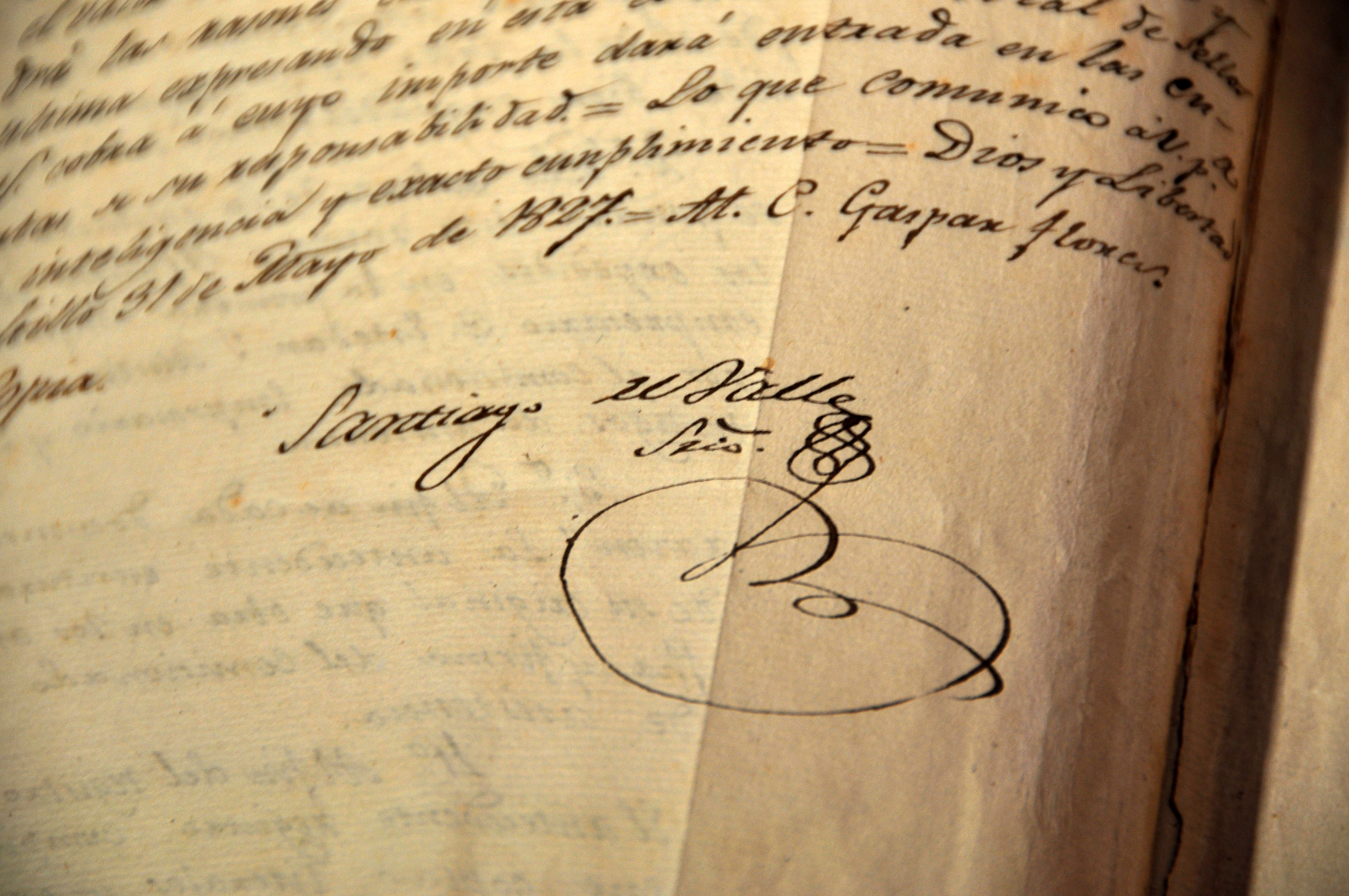County/Region:
Aransas
Project Partner/Recipient:
Texas General Land Office
Summary:
This project mitigated damage from Hurricane Harvey to Rockport Beach by restoration of the beach to its pre-disaster design, function, and capacity by placement of 12,000 cubic yards of beach quality material along 4,680 feet of the engineered beach.
County/Region:
Aransas
Project Partner/Recipient:
Texas General Land Office
Summary:
The project nourished a public beach on Aransas Bay in the City of Rockport, restoring approximately 2,400 feet of bay beach for recreational use.
County/Region:
Aransas
Project Partner/Recipient:
Aransas County Navigation District
Summary:
Aransas County Navigation District repaired the damaged bulkhead, replaced the deteriorated picnic tables with cabanas, installed water fountains, and installed informational signage at the Rockport Harbor.
County/Region:
Aransas
Project Partner/Recipient:
Aransas County Navigation District
Summary:
Aransas County Navigation District demolished an old, obsolete restroom building and constructed a modern restroom facility to accommodate the many visitors of Rockport Harbor.
County/Region:
Galveston
Project Partner/Recipient:
Texas General Land Office
Summary:
This project included two topographic and bathymetric surveys of Rollover Pass to measure changes in profile due to beach nourishment, storm events and ongoing erosion.
County/Region:
Galveston
Project Partner/Recipient:
Galveston County
Summary:
This project completed beach nourishment at Rollover Pass.
County/Region:
Galveston
Project Partner/Recipient:
Galveston County
Summary:
This project beneficially used beach quality sand produced by the USACE during its maintenance dredging of the GIWW to renourish the beaches adjacent to Crystal Beach and possibly other segments of Bolivar Peninsula around the Rollover Pass area.
County/Region:
Galveston
Project Partner/Recipient:
Galveston County
Summary:
County/Region:
Galveston
Project Partner/Recipient:
Texas General Land Office
Summary:
This project closed Rollover Pass, a man-made pass that contributes to Gulf shoreline erosion.
County/Region:
Galveston
Project Partner/Recipient:
Texas General Land Office
Summary:
This project analyzed the hydrodynamics of Rollover Pass so alternatives could be developed to reduce and/or limit the erosion impacts on adjacent shorelines.
County/Region:
Galveston
Project Partner/Recipient:
Texas General Land Office
Summary:
This project conducted bathymetric studies of the Rollover Pass area to help determine hydrodynamics of the pass.
County/Region:
Galveston
Project Partner/Recipient:
Galveston County
Summary:
This project would construct recreational amenities upon Rollover Pass closure.
County/Region:
Jefferson
Project Partner/Recipient:
Texas General Land Office
Summary:
This project conducted an alternatives analysis to evaluate approaches to restore approximately 650 acres of forested wetlands that were subjected to subsidence and heavy timbering.
County/Region:
Refugio, San Patricio
Project Partner/Recipient:
Texas General Land Office
Summary:
The project, completed in the summer of 2001, involved soft stabilization measures such as vegetative planting.
County/Region:
Refugio
Project Partner/Recipient:
Texas General Land Office
Summary:
This project consisted of vegetative shoreline stabilization.
County/Region:
Jefferson
Project Partner/Recipient:
Lamar University
Summary:
Lamar University conducted additional Phase 1 monitoring activities and established methods and data standards that will be used in future Salt Bayou Watershed Restoration Plan phases.
County/Region:
Calhoun
Project Partner/Recipient:
Texas General Land Office
Summary:
This project conducted an alternatives analysis and construction to protect the landward habitats of Matagorda Island from erosion and additional saltwater intrusion.
County/Region:
Calhoun
Project Partner/Recipient:
NRDA
Summary:
County/Region:
Lower Coast
Project Partner/Recipient:
Coastal Bend Bays & Estuaries Program
Summary:
The Coastal Bend Bays & Estuaries Program supported the development of a San Antonio Bay Watershed Protection Plan, specifically for two subject areas - habitat conservation/restoration and public access to coastal resources.
County/Region:
Cameron
Project Partner/Recipient:
Texas A&M University
Summary:
Texas A&M AgriLife Extension Service's Water Resources Institute completed the final phase of the San Benito Wetlands Project.








